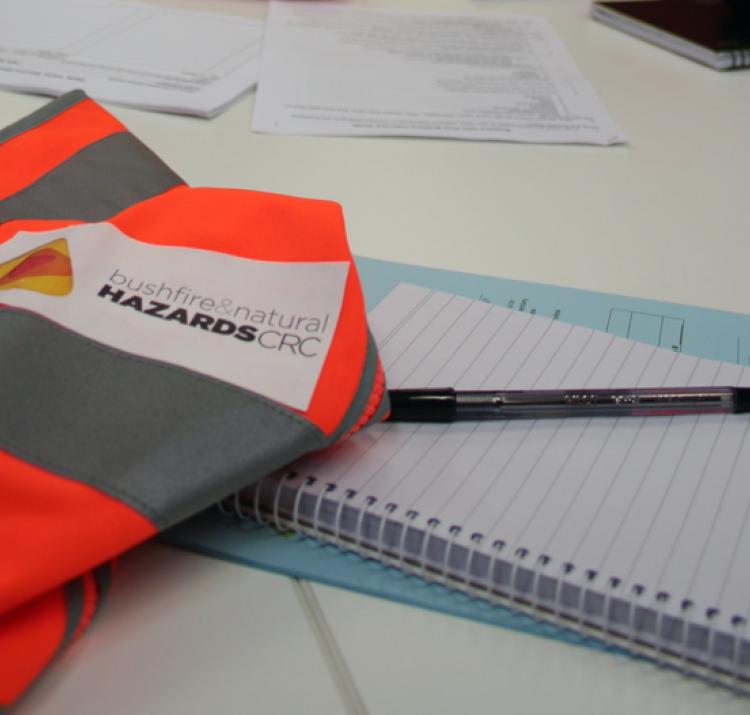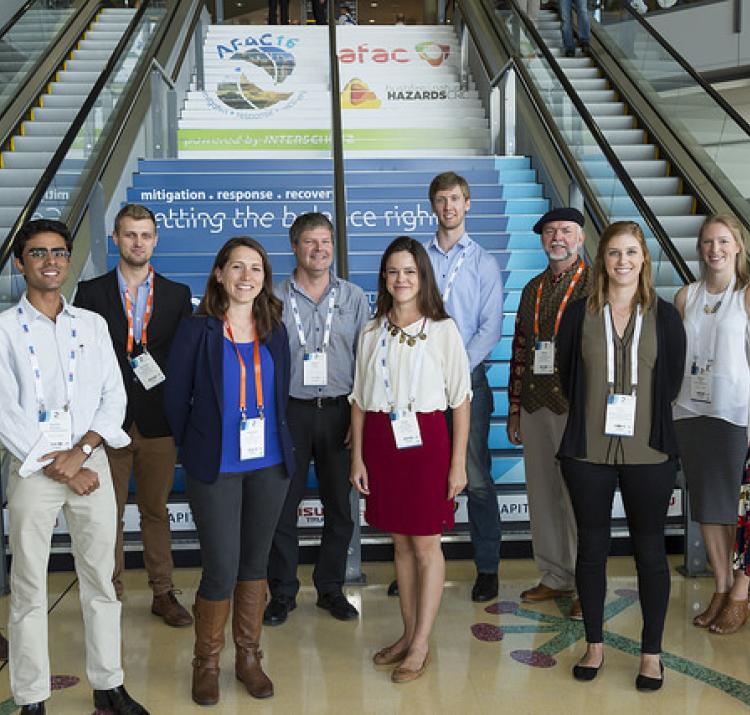Student researcher
This thesis was completed in 2017 and investigated the factors influencing household self-evacuation in two Australian bushfires (Perth Hills 2014 and Adelaide Hills 2015). Dr Strahan’s research explored the factors that influenced householders’ decisions to evacuate, identified factors that predict self-evacuation and established the characteristics of self-evacuators. His findings showed that environmental and social cues and warnings and householders’ perceptions of the threat, of hazard adjustments and of other stakeholders, influenced self-evacuation decision making.
The Protective Action Decision Model (PADM) provided a conceptual framework for the research. Its theoretical and analytical usefulness in an Australian context, was assessed. A mixed methods research strategy was used involving quantitative telephone surveys of 457 bushfire-affected participants and face-to-face interviews of 109 participants in 59 households.
The study concluded that environmental and social cues and warnings and householders’ perceptions of the threat, of hazard adjustments and of other stakeholders, influenced self-evacuation decision-making. Protective action perceptions, particularly the effectiveness of evacuating or not evacuating in protecting personal safety or property, were most important in predicting self-evacuation. Receipt of official warnings and the perception of likely impact of the bushfire on property were also important predictors. Undertaking long-run hazard adjustments, although not predictive of self-evacuation, was pivotal in shaping perceptions of the effectiveness of evacuating and remaining in protecting personal safety and property and indirectly influenced evacuation decisions. Seven archetypes that characterised householders’ self-evacuation attitudes and behaviour were identified. These included Threat, and Responsibility Deniers, Dependent, and Considered Evacuators, Community Guided and Experienced Independents all who took different decisional ‘rules of thumb’ and routes toward evacuating or remaining . The PADM needs to be split into two separate models to incorporate the influence of long-run hazard adjustments on protective action decision-making in an Australian bushfire.
The findings suggest that future research on those who wait and see during a bushfire should take account of their decisional rules of thumb and that design and targeting of Australian bushfire safety policy should better account for self-evacuator characteristics.
Dr Strahan is now leading a CRC commissioned research project funded by the Victorian Safer Together program on the application of self-evacuation archetypes.
| Year | Type | Citation |
|---|---|---|
| 2017 | Thesis | Factors influencing householder self-evacuation in two Australian bushfires. Mathematical and Geospatial Sciences (2017). at <https://researchbank.rmit.edu.au/view/rmit:162093> |




